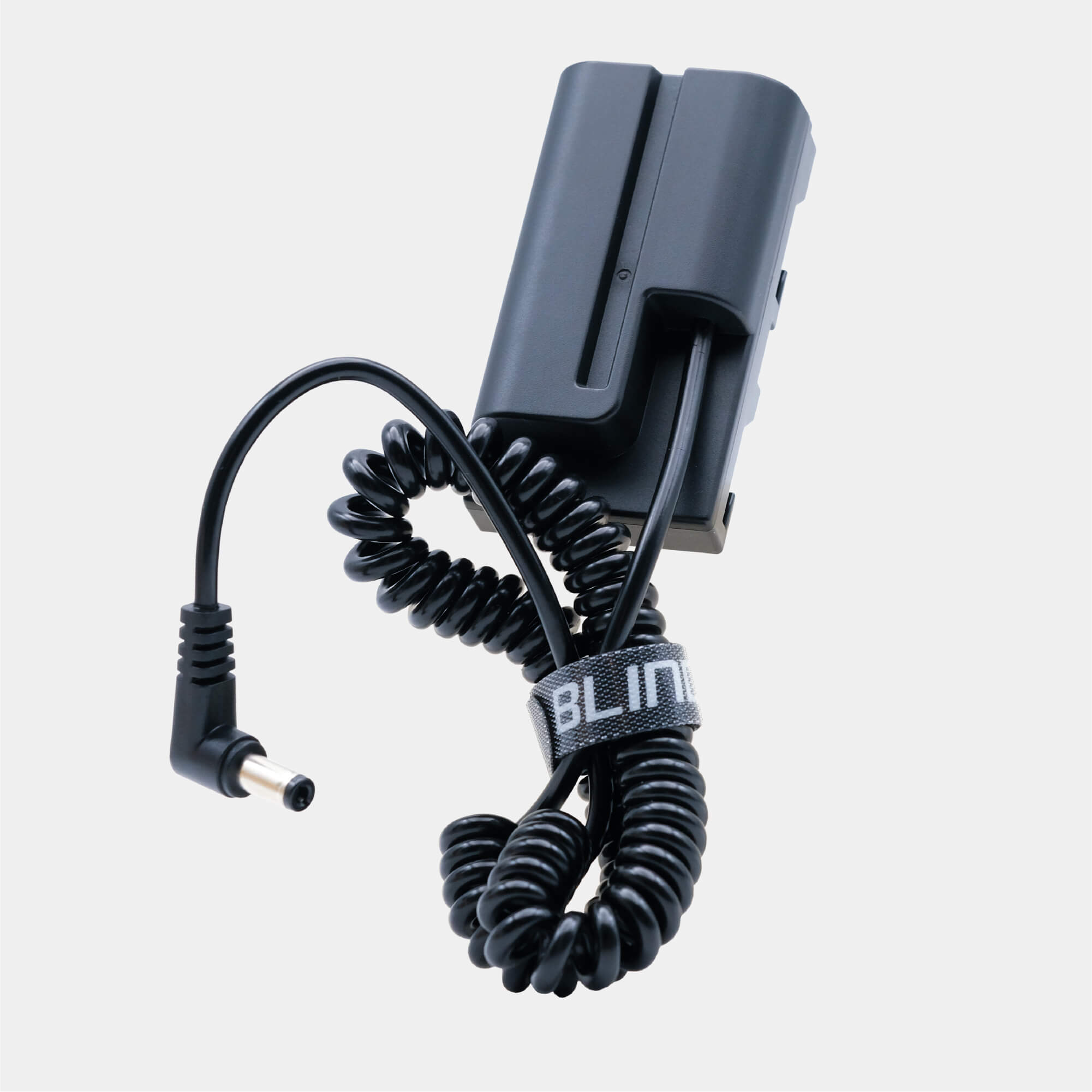Understanding the basic concepts of electricity like amps, watts, and volts is essential, whether you're dabbling in electronics or simply want to gain a better understanding of the devices you use every day. This article breaks down these concepts into digestible parts, with simple examples to make it all crystal clear.
Volts: The Electrical Force
Imagine electricity as water flowing through a pipe. Voltage, measured in volts (V), would be the water pressure pushing the flow. It's the force that drives electric current through a circuit.
For example, common voltages you might encounter are the 1.5V from a AA battery or the 120V from a standard US wall outlet.
Amps: The Rate of Flow
Amps, short for Amperes, measure the current, or the rate at which electricity flows in a circuit. Referring back to our water analogy, if voltage is the water pressure, then current would be the amount of water flowing through the pipe.
Small devices like a smartphone might only require a current of 1-2A, whereas larger appliances like a refrigerator could require as much as 7-10A.
Watts: The Power
Watts measure power, which is the rate of energy transfer. This is where volts and amps come together. If you multiply voltage (the electrical force) by current (the rate of flow), you get power (watts).
For example, if a device requires 120V and 2A to operate, it would have a power consumption of 240W (120V x 2A).
Understanding the Interaction
These three concepts are interconnected through Ohm's Law and the Power Law in electronics:
- Ohm's Law: Voltage = Current x Resistance (V=IR)
- Power Law: Power = Voltage x Current (P=IV)
Simply put, the voltage applied to a circuit, combined with its resistance, determines the current flow. This current, when multiplied by the voltage, gives us the power.
As a real-world example, consider a typical household lightbulb, which often uses around 60W of power and is powered by a 120V outlet. Using the Power Law, we can figure out that the current the lightbulb draws is about 0.5A (60W ÷ 120V).
Grasping these fundamentals of electricity can help you better understand the workings of the electrical devices around you. Remember, in the world of electronics, knowledge is power!













